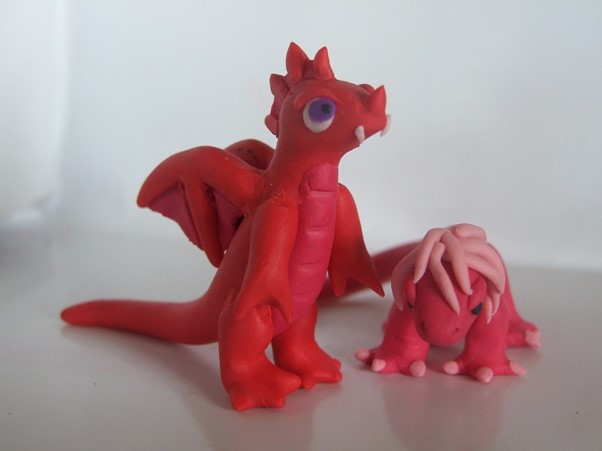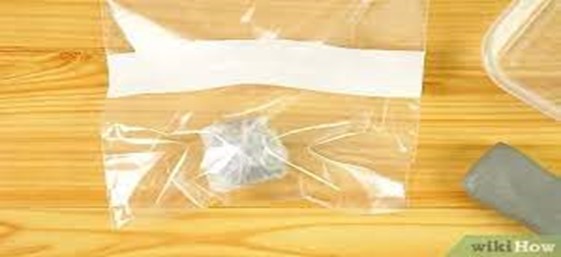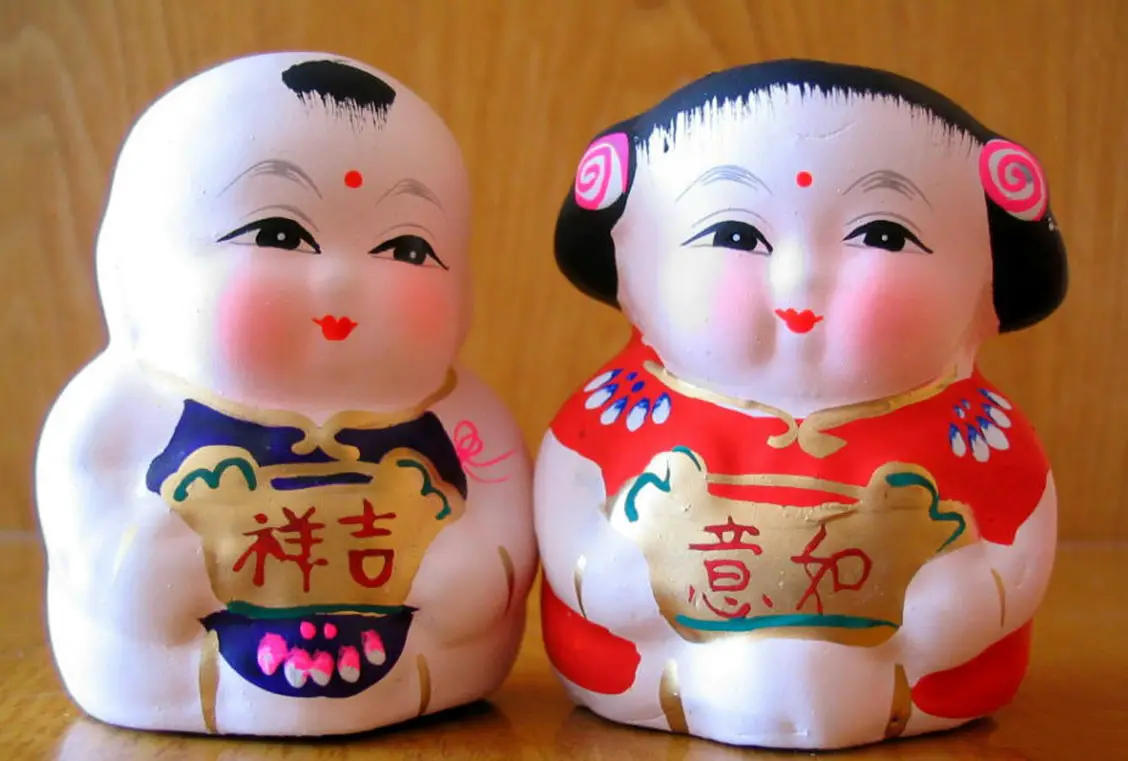The drying time of air-dry clay varies depending on different factors. For example, unlike Polymer clay, which needs to be baked in the oven to dry, the drying time for air dry clay depends on its thickness. Similarly, it can dry within 24-48 or even 72 hours before it is exposed to air before complete solidification. Therefore, even while drying the mold, you need to ensure that you flip it so that the mold dries appropriately.
Different methods of drying air-dry clay after making your mold or sculpture
Proper drying methods are one of the main elements when you use air-dry clay. No doubt, while working on it, you have to be careful of the amount of water you use. However, the real challenge comes after you are finished with your project. So, let us look at the different methods of drying the air dry clay after you finish making your mold or sculpture.
-
Natural drying technique
The natural drying technique is an ideal option for people who are not in any hurry. However, while using this technique, you have to make sure that you use a plastic sheet at the bottom and then place the mold or sculpture.
-
Oven dry
The oven-dry method is one of the oldest drying methods, especially when it comes to handicraft items of delicate work. If you want, you can even speed up the drying process by putting it inside the oven. If you plan to do so, it is advisable to make sure that the oven is at the lowest setting and regularly monitor it.
-
Fan or hairdryer method
Another technique for faster drying would be to put it under the fan or use a hairdryer. This method is ideal if you have small molds or products. While using the hairdryer, make sure that you keep sufficient space to avoid cracking or breaking the mold.
Difference between air dry clay and polymer clay
| Polymer clay is PVC-based | Polymer clay | |
| Overview | Air-dry clay is nontoxic and hardens when it comes in contact with air | Polymer clay is convenient, soft, and pliable |
| Material | Polymer clay is PVC-based | Polymer clay is PVC based |
| After drying | Air-dry clay turns solid once it dries | Polymer clay does not become solid after drying and takes time to dry. |
| Shel-life | An unopened pack of air-dry clay can last for up to a year. Opened packets have to be appropriately stored for longer shelf life. | There is no shelf life for polymer clay when it is unopened. However, once you open the packet, you have to take proper precautionary measures for storage. |
Features and safety measures to consider while using air-dry clay
Crayola brand air dry clay is one of the most popular products among the top brands in the market. You can buy this product online as well as from the local retail or craft shop. It is a perfect choice for kids and beginners and comes in air-tight containers and sealable plastic bags. Moreover, it comes in different color options so that you do not have to waste time coloring your sculpture or mold.

Features of air-dry clay
- Air-dry clay is soft and molds nicely, making it perfect for children to use.
- It is less sticky, fine, and smooth in comparison to other clay materials.
- You can use paints or food coloring to make different colored clay molds.
- After you finish doing your project, you can clean it easily without worrying about it getting spoilt.
Safety measures to keep in mind
- Children using air-dry clay:
Air clay dry can be harmful to children below 36 months. For children under 5, adult supervision is advisable to prevent any health hazards—children who are five and over can use without supervision.
- Fire Hazard and Safety Measures:
Although it is very rare, some brands may contain flammable elements and should be kept away from heat and fire.
- While using paints:
Do not use paints until the clay has not dried correctly. Sometimes by using colors, the moisture can be trapped inside the clay. Moreover, since the paint will not dry properly, it can fade out eventually.
- Care to take while using multiple molds:
While using multiple molds, make sure that you use sticks to give them proper support. It is also advisable to join the molds before they dry up entirely and give a final coat of clay as an outer covering. This will help to bring in an evenness as well as ensure that the mold dries properly.
How to store air dry clay?
You can place an unopened packet of air-dry clay at room temperature in a closet or cupboard. By practicing or maintaining a proper storage routine, you can increase the shelf life for a more extended period. Once you have opened the box, follow the steps mentioned below to ensure the product’s durability. Before that, keep in mind to use heavy-duty zip-lock bags.

- First, wrap the unused air dry clay into a cling foil for dual prevention of moisture evaporation.
- After that, use another cling wrap to strengthen the first fold.
- Finally, use a heavy-duty zip-lock bag for proper storage.
- Store the packet in an air-tight plastic container to prevent the tearing of the plastic or bag.
Note – If you want, divide the clay into smaller portions and store them individually. This way, you will only take out one packet instead of continuously opening and closing everything.
Conclusion
Air-dry clay is one of the most versatile clays that people of any age group can use. You can use this clay to make different types of things in various designs and sizes. However, while working using it, you have to ensure you take the right preventive and precautionary measures to extend the lifespan of the air dry clay. By paying attention to small details, you can rest assured that your air-dry clay will not only last longer but will maintain its originality as well.







